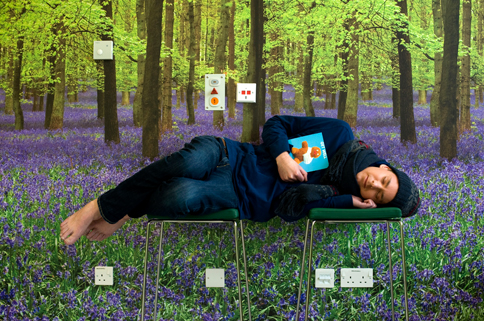BRC research is featured in an extraordinary exhibition of photographs opening this month at University College Hospital (UCH).
The provocative exhibition in the Street Gallery of UCH 235 Euston Road takes a rare view of the translational research through the eyes of patients and researchers.
The Gathering Light exhibition, which runs until 27 June, is the result of a ground-breaking project in which patients and clinical researchers worked together with award-winning photographer Clare Park to explore their feelings about clinical research.

It covers some of the more cutting edge areas in translational research into gene and cell therapy, exercise and critical care, MRI and image development and periodontal disease and diabetes.
Clare Park, who won the Royal Photographic Society’s 153rd International Print Exhibition and is renowned for her work with theatre and dance companies, previously worked with a UCLH patient and his family to explore the impact of Parkinson’s disease.
In this project Clare works with five clinical researchers and their patients to explore their response to the translational research journey. In particular the project focuses on the relationship between researchers and their patients.
Clinical researcher and haematology consultant, Emma Morris said: “The challenge of this project has been to convey in pictures the unique relationship between a patient and their doctor, when both are involved in medical research.
“In some circumstances, patients volunteer to take part in studies where the potential benefit to them individually is unknown. It is an extraordinary example of unselfishness, generosity, hope and human spirit. The perseverance, determination and vision of the researcher is more than met by their partner in discovery. We are totally dependent on each other. Clare's thought-provoking photos have brought this into focus. Literally.”
Patient John Gebbels said: “My involvement with this project has served as an important insight into what doctors do 'behind the scenes', the extent of which may remain invisible to many other patients. The level of dedication which these doctors commit to their research is quite exceptional. Without this my two complicated stem cell transplants and various associated treatments may not have been possible.”
